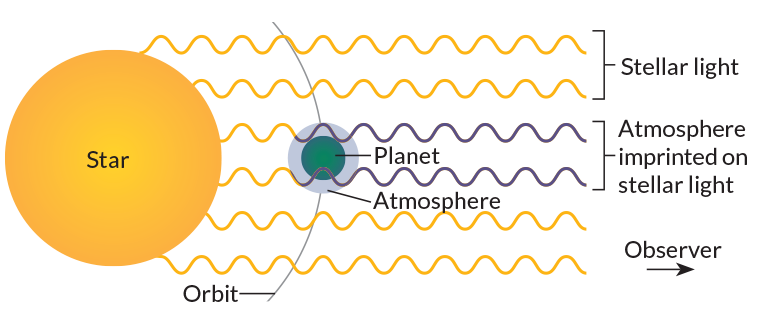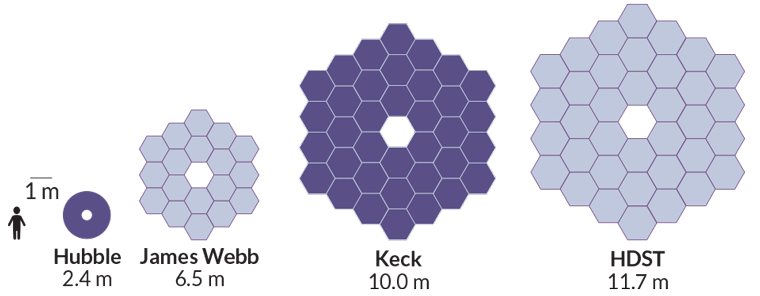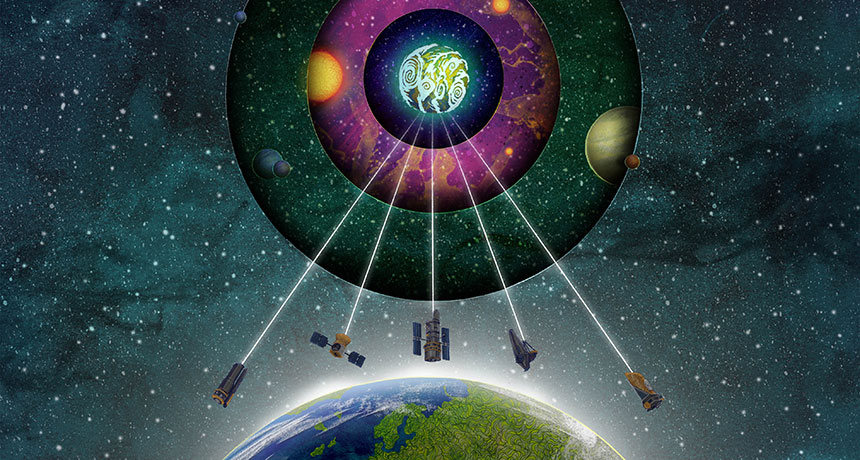
PUTTING EYES ON EXOPLANETS A suite of current and future telescopes (including, from left, Spitzer, TESS, Hubble, James Webb and WFIRST-AFTA) could identify remote habitable worlds and peer into the newfound atmospheres for hints of alien biology.
David Curtis
Our galaxy is teeming with planets. Over the last 25 years, astronomers have cataloged about 2,000 worlds in 1,300 systems scattered around our stellar neighborhood. While most of these exoplanets look nothing like Earth (and in some cases, like nothing that orbits our sun), the bonanza of alien worlds implies a tantalizing possibility: There is a lot of real estate out there suitable for life.
We haven’t explored every corner of our solar system. Life might be lurking beneath the surface of some icy satellites or in the soil of Mars. For such locales, we could conceivably visit and look for anything wriggling or replicating. But we can’t travel (yet) to worlds orbiting remote suns dozens of light-years away. An advanced alien civilization might transmit detectable radio signals, but primitive life would not be able to announce its presence to the cosmos.
At least not intentionally.
On Earth, life alters the atmosphere. If plants and critters weren’t around to keep churning out oxygen and methane, those gases would quickly vanish. Water, carbon dioxide, methane, oxygen and ozone are examples of “biosignatures,” key markers of a planet crawling with life as we know it. Setting aside questions about how recognizable alien life might be, detecting biosignatures in the atmosphere of an exoplanet would give astronomers the first strong clue that we are not alone.
Biosignatures aren’t proof of thriving ecosystems. Ultraviolet light from a planet’s sun can zap water molecules and create a stockpile of oxygen; seawater filtering through rocks can produce methane. “We’ll never be able to say 100 percent that a planet has life,” says Sarah Rugheimer, an astrophysicist at the University of St. Andrews in Scotland. But astronomers hope that, given enough information about an exoplanet and the star it orbits, they can build a case for a world where sunlight and geology aren’t enough to explain its chemistry — one where life is a viable possibility. Finding a planet similar to Earth is probably still decades away, but thanks to a couple of upcoming telescopes, astronomers might be on the verge of spying on habitable worlds around nearby stars.
NASA’s Transiting Exoplanet Survey Satellite, or TESS, will launch in 2017 on a quest to detect many of the exoplanets that orbit the stars closest to us. One year later, the James Webb Space Telescope will launch and peek inside some of these newfound atmospheres. With their powers combined, TESS and James Webb could identify nearby planets that are good candidates for life. These worlds will probably be quite different from Earth — they’ll be a bit larger and orbit faint, red suns — but some researchers hope that a few will offer hints of alien biology.
Story continues after slideshow
Eyes on the sky
Over the next decade, several telescopes will join existing observatories in the hunt for exoplanets and hints of alien life.
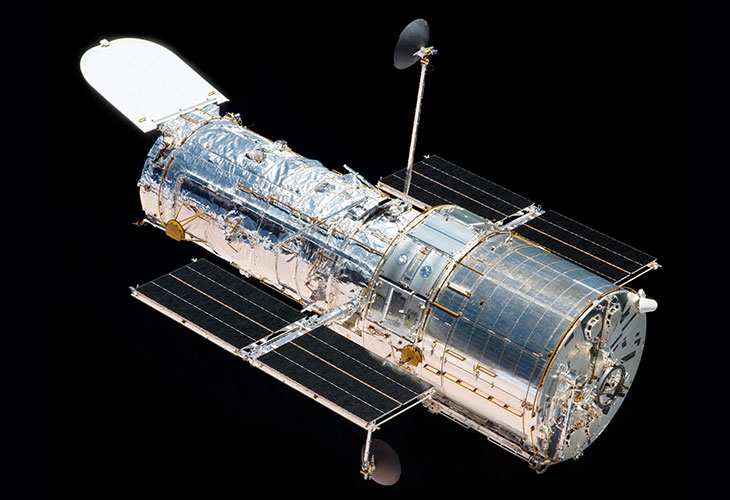
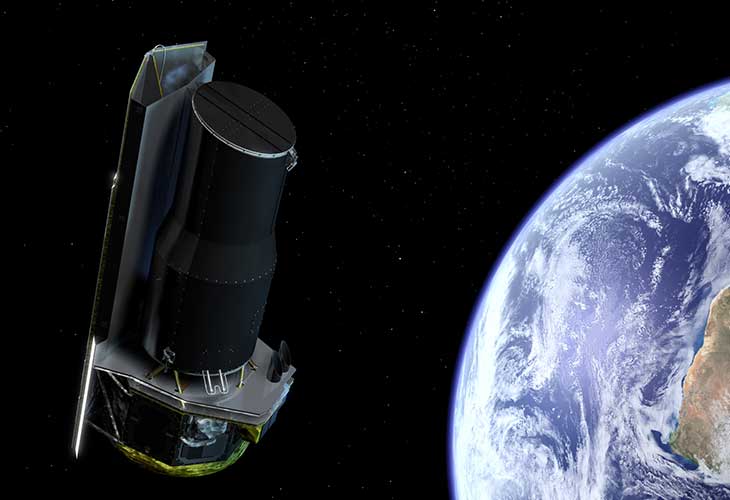
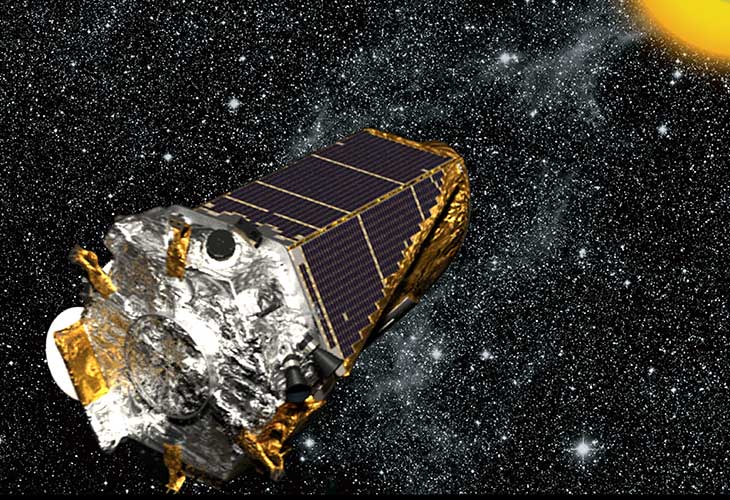
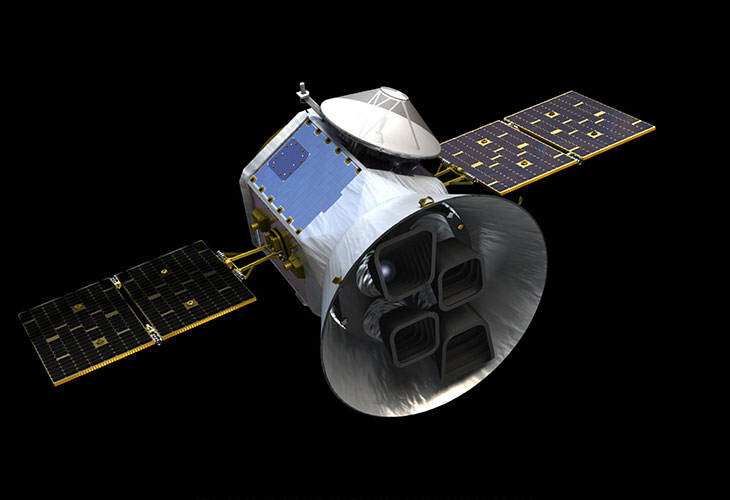
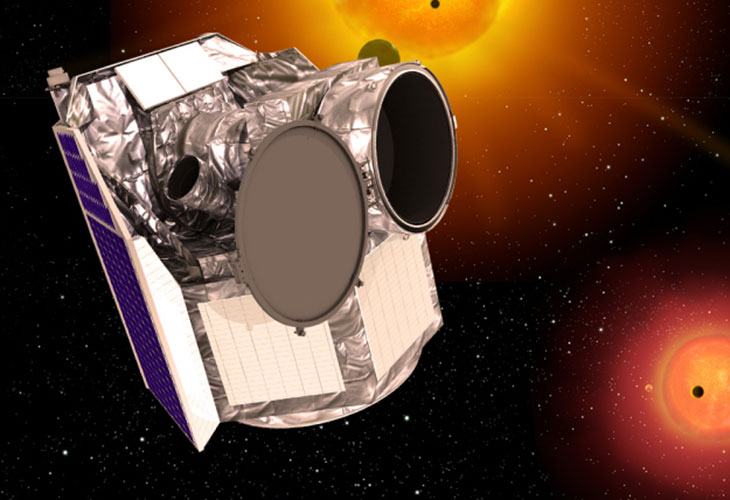



Exoplanets don’t give up their secrets easily; they are distant, tiny and snuggled up to blazing stars. With some exceptions, current telescopes can’t directly see exoplanets, so astronomers use other means to infer their existence. In rare cases, a remote solar system is oriented so that its planets pass between their sun and Earth, an event known as a transit. During a transit, the star temporarily dims as a planet blocks some of its light.
Transits are powerful tools; not only can they help reveal a planet’s density — a way to distinguish gas planets from solid ones — but they also can allow astronomers to inventory the molecules floating in an exoplanet’s atmosphere. During a transit, molecules in the planet’s atmosphere absorb certain wavelengths of the star’s light, leaving a chemical fingerprint. By deciphering that fingerprint, researchers can deduce the chemical makeup of an alien world.
Pushing Hubble
Astronomers so far have used the transit technique primarily with space-based telescopes such as the Hubble Space Telescope to investigate the atmospheres of more than 50 exoplanets, most of them worlds the size of Jupiter and Neptune (SN: 11/15/14, p. 4). The puffy atmospheres of giant planets are easier to detect than the relatively slim atmospheres of small rocky worlds. As tools have improved, researchers have started to check out super-Earths, planets that are smaller than Neptune but larger than ours. Though no such planets exist in our solar system, they appear to be one of the most common types in the galaxy.
Only three super-Earths have come under telescope scrutiny so far: GJ 1214b, HD 97658b and 55 Cancri e. These worlds are nothing like Earth. Two of them orbit dim, red suns, all of them whip around their stars in a few days (or even hours) and none are in the coveted habitable zone — the region around a star where a planet’s temperatures are just right for liquid water. Around GJ 1214b and HD 97658b, astronomers found no signs of molecules absorbing starlight, leading researchers to conclude that both worlds are blanketed in clouds or haze (SN Online: 1/2/14).
In February, researchers reported signs of hydrogen cyanide on 55 Cancri e. If confirmed, it would be the first detection of any molecule in the atmosphere of a super-Earth. “These are very challenging measurements, at the limit of [the Hubble Space Telescope’s] capabilities,” cautions Heather Knutson, an astrophysicist at Caltech. “We’re still learning about the performance of the telescope at this level of precision.”
Astronomers will undoubtedly try to squeeze more information out of similar worlds. But, says Kevin France, an astrophysicist at the University of Colorado Boulder, “we’ve pushed Hubble about as far as we can.” And Hubble won’t be around forever (SN: 4/18/15, p. 18). To continue sniffing around in exoplanet atmospheres, researchers are looking toward Hubble’s successor, the James Webb Space Telescope.
James Webb “is going to be a revolution in astronomy,” says Jonathan Lunine, an astrophysicist at Cornell University. The infrared observatory boasts a mirror 2.7 times as wide as Hubble’s. James Webb will seek out the first generation of stars, track how galaxies grow and — most relevant to the search for life — poke around in planetary atmospheres.
Story continues after graphic
Analyzing the atmospheres of planets the size of Neptune and Jupiter should be a breeze for James Webb. These large planets block enough light to make transits readily detectable, and the fluffy atmospheres are easier to measure. Super-Earths, which are smaller with thin atmospheres, are more challenging, but James Webb should be able to investigate a few. Although replicas of Earth are beyond even James Webb’s capabilities, there will be plenty for the observatory to do. “Even if we can’t get biosignatures on planets the size of Earth, we’re going to find out so much about the nature of exoplanets,” Lunine says. “It’s going to open up a huge number of doors.”
The trouble with an Earth-like world is that it doesn’t transit often and both the planet and its atmosphere are tiny. It’s the same kind of problem an alien group would experience trying to detect us. When viewed from afar, Earth blocks less than 0.01 percent of the sun’s light, and only a few percent of that is due to the atmosphere. To an alien astronomer, Earth crosses the sun once a year for, at most, 13 hours. And that’s assuming the aliens live in the right part of the galaxy to witness an Earth transit. Telescopes operated by the bulk of the Milky Way’s citizens will never line up with both the sun and Earth.
Focus on M dwarfs
The odds of finding life improve if astronomers focus their efforts on M dwarfs, which make up about three-quarters of the stars in the galaxy. The dim red orbs are small, so a transiting planet blocks a relatively large fraction of the star’s light, making transits easier to detect. Habitable worlds also transit more frequently. To sustain liquid water, a planet must huddle close to one of these cool stars to stay warm. An orbit in the habitable zone of an M dwarf is much shorter than a comparable trip around the sun. Rather than wait for a year between transits, astronomers might have to wait for only a few weeks or months. Plus, a planet on a cozy orbit is more forgiving when it comes to getting the viewing geometry just right to see a transit.
There are potential downsides to M dwarfs. Most of the light they radiate is infrared, so photosynthesis on orbiting planets would be very different compared with photosynthesis on Earth. There’s no guarantee that biosignatures from vegetation that thrives on infrared light would look anything like those from local varieties. Many M dwarfs also emit occasional blasts of ultraviolet radiation — blasts made even more dangerous because any habitable planet sits close to the star. Habitable worlds need to be so close, in fact, that the star’s gravity might prevent the planet from rotating, which could give rise to extreme climate differences between day and night. Recent research, though, indicates that none of these issues are necessarily deal breakers (SN: 2/7/15, p. 7). “There’s no reason why a planet around an M star couldn’t be like Earth,” says Lisa Kaltenegger, an astrophysicist at Cornell.
James Webb should be able to poke around in the atmospheres of a few habitable super-Earths around M dwarfs, though it’s going to need some targets first (SN: 5/17/14, p. 6). NASA’s premier planet hunter, the Kepler space telescope, (SN: 12/27/14, p. 20) found 1,039 exoplanets during its four-year primary mission, with 4,706 additional candidates awaiting confirmation. But most of Kepler’s finds are too distant for James Webb. That’s where TESS comes in. It will catalog all the short-period transiting worlds around the sun’s nearest neighbors. “Those are the ones that astronomers even decades from now are going to want to focus on,” says George Ricker, an MIT astrophysicist and principal investigator for the TESS mission.
Unlike Kepler, which gazed in one direction at 150,000 stars, TESS will spend two years monitoring 200,000 stars all around the sky. To cover that much ground, TESS will stare at one spot for about 27 days before moving onto a new patch. That’s not great for finding Earth twins on year-long orbits, but it’s good for finding worlds in the habitable zones of M dwarfs.
Based on Kepler’s results, astrophysicist Peter Sullivan, then at MIT, and colleagues calculated in 2015 that TESS should discover about 1,700 exoplanets. Of these, more than 500 could be less than twice the size of Earth, of which about 50 would lie in the habitable zones of their host stars. But picking biosignatures, or any signatures, out of those atmospheres is going to be difficult. Estimates vary, but James Webb will need roughly 200 hours to study one super-Earth around a nearby M dwarf, and those hours count only when the planet is passing in front of its star.
There’s a debate happening right now over how hard to chase that dream, Caltech’s Knutson says. Given its sluggish pace, James Webb might get to look at only a couple of habitable super-Earths. Astronomers could lavish large amounts of time on one or two systems that might not even pan out. Or they could focus telescope resources on Neptunes, Jupiters or hot super-Earths, where researchers can amass a lot of other data about a wide variety of worlds. While James Webb might get lucky and spy some biosignatures, the dream of finding another planet like Earth will probably have to wait a few decades for a larger observatory to come along.
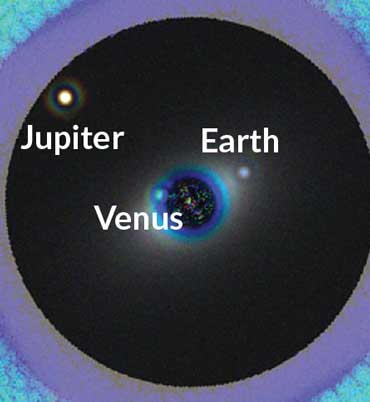
Snapping a pic
The transit technique is powerful but inefficient. From our vantage point, most planets don’t transit their suns, and those that do transit only once every orbit.
“To really give us the best probability of detecting life, we need to build a telescope that can do direct detection,” Rugheimer says. Direct detection requires snapping a picture of an exoplanet and looking for biosignatures such as oxygen and methane imprinted on light reflecting off its surface. Since this technique doesn’t require alignments between planets and suns, it can, in principle, work for any world around any star. But to catch an Earth 2.0, astronomers are going to need a bigger telescope.
Consider again those aliens who are looking for us. They would struggle to see Earth even if they set up camp 4.2 light-years away at the star next door, Proxima Centauri (an M dwarf, by the way). It’s like trying to see the head of a quilting pin 28 meters to the right of a basketball while standing about 7,500 kilo-meters away — roughly the distance from Honolulu to Pittsburgh. And the basketball is 10 billion times as bright as the pin.
No observatories come close to being able to capture an image of an Earth-like planet around a sunlike star. But astronomers are thinking about what it would take. One idea is to put a gigantic mirror in space equipped with a device that can block the light of the star, such as the High-Definition Space Telescope proposed by the Association of Universities for Research in Astronomy. To see a few dozen Earth twins and characterize their atmospheres, that telescope would need a mirror 12 meters across. That’s bigger than any optical telescope currently on the ground and has 25 times the light-collecting area of Hubble.
Such an observatory “would be a huge undertaking relative to what we’ve done in space before,” Lunine says. “But relative to other programs this country has undertaken, it’s not.”
Story continues after graphic
One of the keys to success with the high-definition telescope is a coronagraph, a disk that blocks the light from any star the telescope points at. Many telescopes already use coronagraphs, especially spacecraft designed to look at the sun. James Webb will be outfitted with a coronagraph, though not one designed to search for other Earths.
The downside to a coronagraph is that it requires exceptional control of light that enters the telescope, which complicates the design. Other proposals to detect Earth-like planets, such as the NASA-commissioned Exo-S concept, use a starshade, a separate spacecraft shaped, appropriately, like the petals of a sunflower. The starshade flies tens of thousands of kilometers away from the telescope and maintains perfect alignment to prevent starlight from hitting the mirror (SN: 7/12/14, p. 11).
Since a starshade is free-floating and does all the lightsuppression work, it should be able to partner up with any telescope, even a relatively small one already in use. But no one has attempted formation flying in space at this scale. And every time astronomers want to look at a new star, the starshade would have to move around the telescope to maintain alignment, which could take days or weeks. All that movement will require fuel, which limits how many stars astronomers can search.
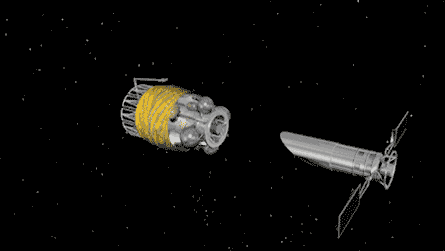
Today these missions and others like them exist only in papers and PowerPoint slides posted online. The concepts, the fruits of a community-wide brainstorming session on how to allocate funding in the 2030s and beyond, will require massive financial and logistical resources, but some astronomers think it will be worth it once TESS and James Webb can point to where the nearest habitable locales might be. “Once we know where the potential habitable worlds are in our sky, I hope that will change a lot of people’s curiosity,” Kaltenegger says. “I would want to know if there are other habitable worlds. I wouldn’t want to just guess.”
Everyone agrees that finding a world teeming with life elsewhere in the galaxy is going to be exceptionally difficult. “Maybe nature needs to be on our side,” says Mark Clampin, an astrophysicist at NASA’s Goddard Space Flight Center in Greenbelt, Md. “But it won’t stop people from trying very hard. And we’ll probably make a lot of discoveries along the way.”
This article appears in the April 30, 2016, Science News with the headline, “Putting eyes on exoplanets: Finding signs of life is hard, but new telescopes will soon begin searching.”
 Humans have pondered aliens since medieval times
Humans have pondered aliens since medieval times Will we know extraterrestrial life when we see it?
Will we know extraterrestrial life when we see it? How alien can a planet be and still support life?
How alien can a planet be and still support life?